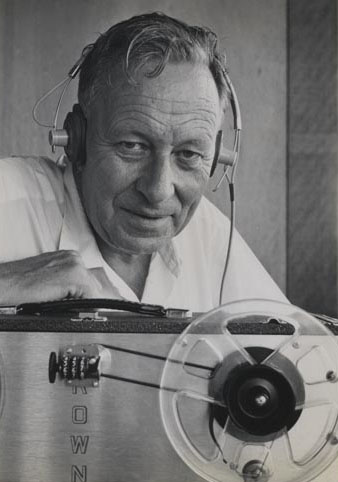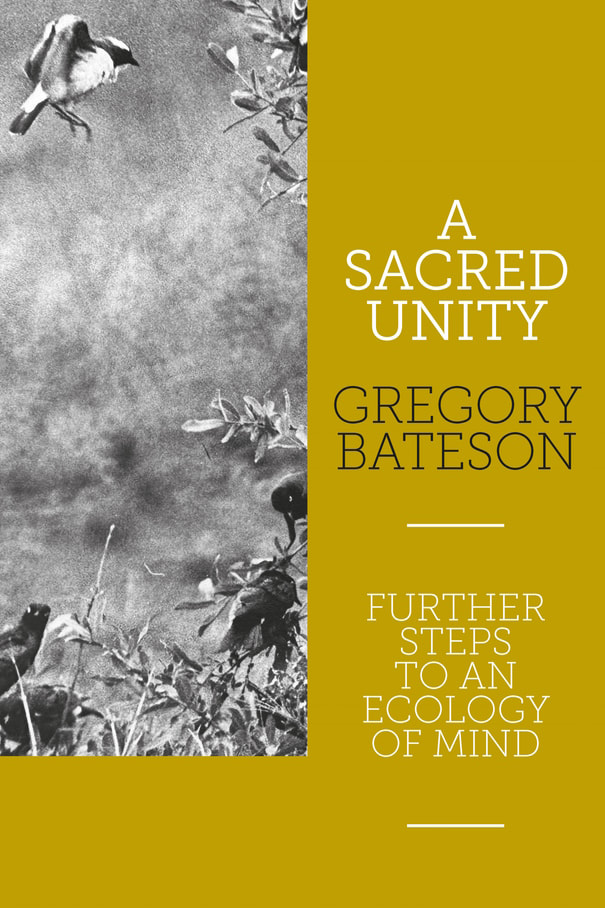TRIARCHY AUTHORS: Gregory Bateson[From a piece by Fritjof Capra published at the International Bateson Institute website]
Gregory Bateson was, in my opinion, one of the most influential thinkers of the 20th century. The uniqueness of his thought came from its broad range and its generality. In an age characterized by fragmentation and overspecialization, Bateson challenged the basic assumptions and methods of several sciences by looking for patterns connecting different phenomena and for processes beneath structures. He made significant contributions to several sciences — anthropology, cybernetics, psychiatry, and, most important of all, to the new interdisciplinary field of cognitive science, which he pioneered. But perhaps even more important is the fact that he championed a new way of thinking, which is extremely relevant to our time — thinking in terms of relationships, connections, patterns, and context. As we replace the Newtonian metaphor of the world as a machine by the metaphor of the network, and as complexity becomes a principal focus in science, the kind of systemic thinking that Bateson advocated is becoming crucial. To use a popular phrase, Bateson taught us how to connect the dots, and this is critical today not only in science but also in politics and civic life, as most of our political and corporate leaders show a striking inability to connect the dots. For example, if we improved the fuel efficiency of our cars by just 3 mpg, which could be very easily done, we would not have to import any oil from the Persian Gulf. But instead, they prefer to fight a war that kills tens of thousands of innocent people, while the greenhouse gases produced by our cars increase the force of hurricanes that make millions homeless and cause billions of dollars of damage. If we served organically grown food in our schools, to use another example, we would not have the current epidemic of obesity among our children, we would not poison our farm workers, and the increased carbon content of the organic soil would draw down significant amounts of CO2 and thus contribute to reversing the current climate change. In short, to solve the major problems of our time, we need exactly the type of thinking Bateson pioneered. Gregory Bateson was not only an outstanding scientist but also a highly original philosopher. He was very charismatic and, like a Zen master, he liked to jolt people’s minds by asking astonishing and seemingly mysterious questions. “What is the pattern,” Bateson would ask “that connects the crab to the lobster and the orchid to the primrose, and all four of them to me? And me to you?” Bateson’s style of presentation was an essential and intrinsic part of his teaching. His central message was that relationships are the essence of the living world, and that we need a language of relationships to understand and describe it. One of the best ways to do so, in his view, is by telling stories. “Stories are the royal road to the study of relationships,” he would say. What is important in a story, what is true in it, is not the plot, the things, or the people in a story, but the relationships between them. |


